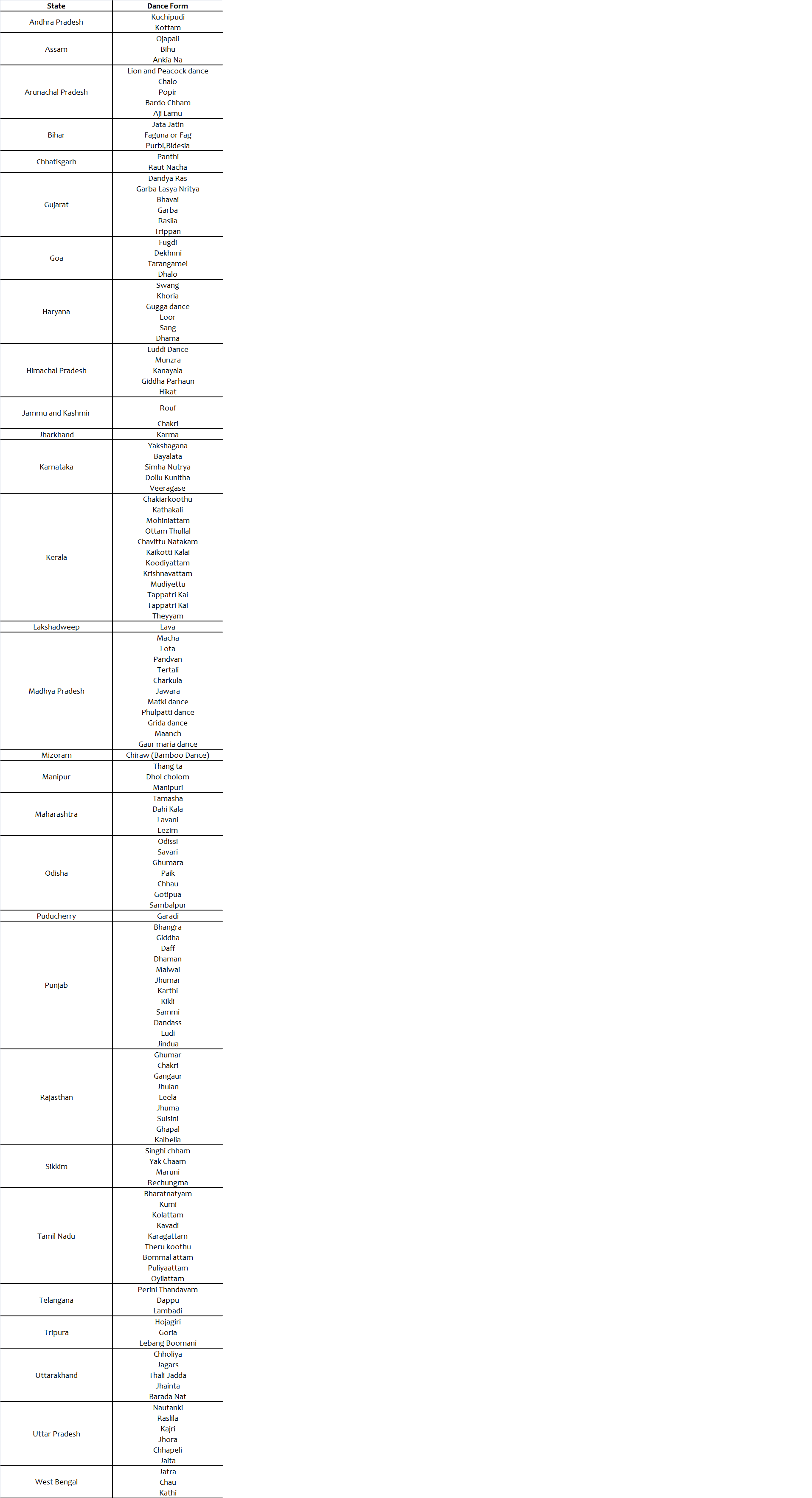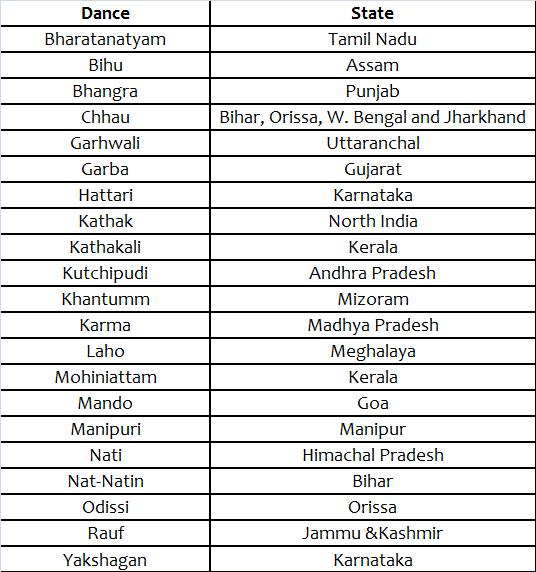The primary impulse of Indian folk dance is rhythm – a spontaneous expression of joy in times of deliberation. From the simple beat of the drum to the complex rhythm of a cultivated art, it is the love of rhythm that creates the dance. The folk dances and songs of the peasants, hill folk and aboriginal tribal peoples bring happiness and recreation to their simple communal life. Folk dances and plays that have their roots in religious and seasonal festivals have a cultural background and are a vital part of India’s artistic heritage.
Sanskrit literature of medieval India describes several forms of group dances: Charchari, Hallisaka, Talai-Rasaka, and Danda-Rasaka. Charchari was a dance in which girls entered in pairs and formed groups, dancing with sticks to mark the rhythm of the accompanying music.
Charchari was danced in spring in the honor of kings. The Brijvasis of Brindavan (childhood residence of Lord Krishna) performed the Charchari dance at temples and elsewhere during the Spring festival of Holi. Hallisaka was a herdsman’s dance performed on special occasions such as the coronation of kings. It was a circular dance of women led by one man, a dance in which both genders participated, the men and women being alternately arranged. Another version says Hallisaka is the dance of the Gopi’s (consorts of Lord Krishna) with Lord Krishna as a leader. It is known as Rasak or Ras. Ras also means a circle. There are two kinds of Rasak or Ras dance. Talai-Rasak, with rhythmic clappings of hands and Danda-Rasak in which each dancer marks the rhythm with a pair of sticks (danda).
The Natya Shastra defines group dances of women as a prelude to a drama. They are in four forms: Pindibandha (a group), Shrinkhala (chain form), Lata (creeper form of interwining) and Bhediyaka (the separate movement of each dancer away from the group).
Dance has been an essential part of folk culture. It is a spontaneous expression of joy in times of celebration. Folk dances are the rural extensions of the larger Indian population. Some of the popular folk dances of India are Garba, Bhangra, Bihu and Yaksha Gana.




